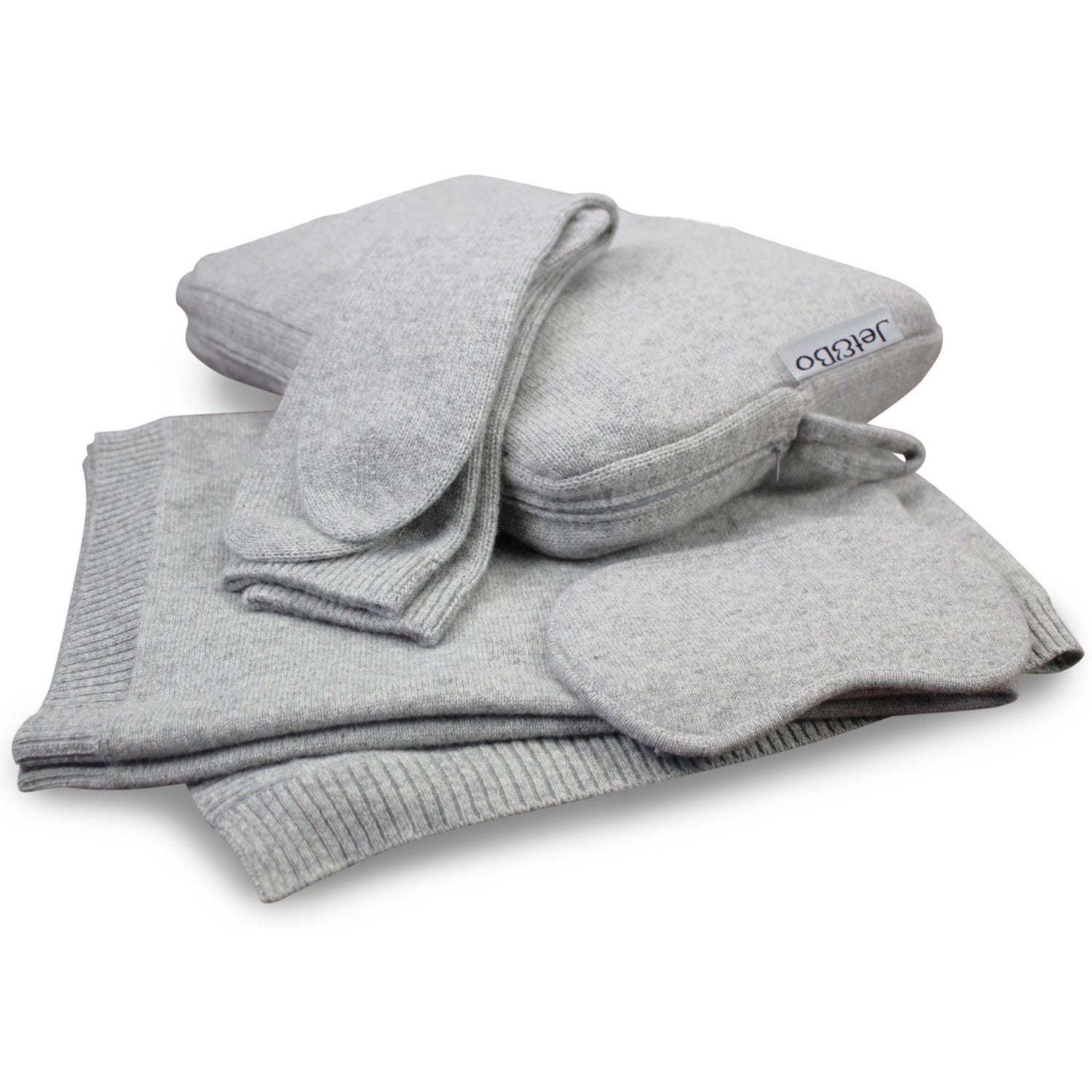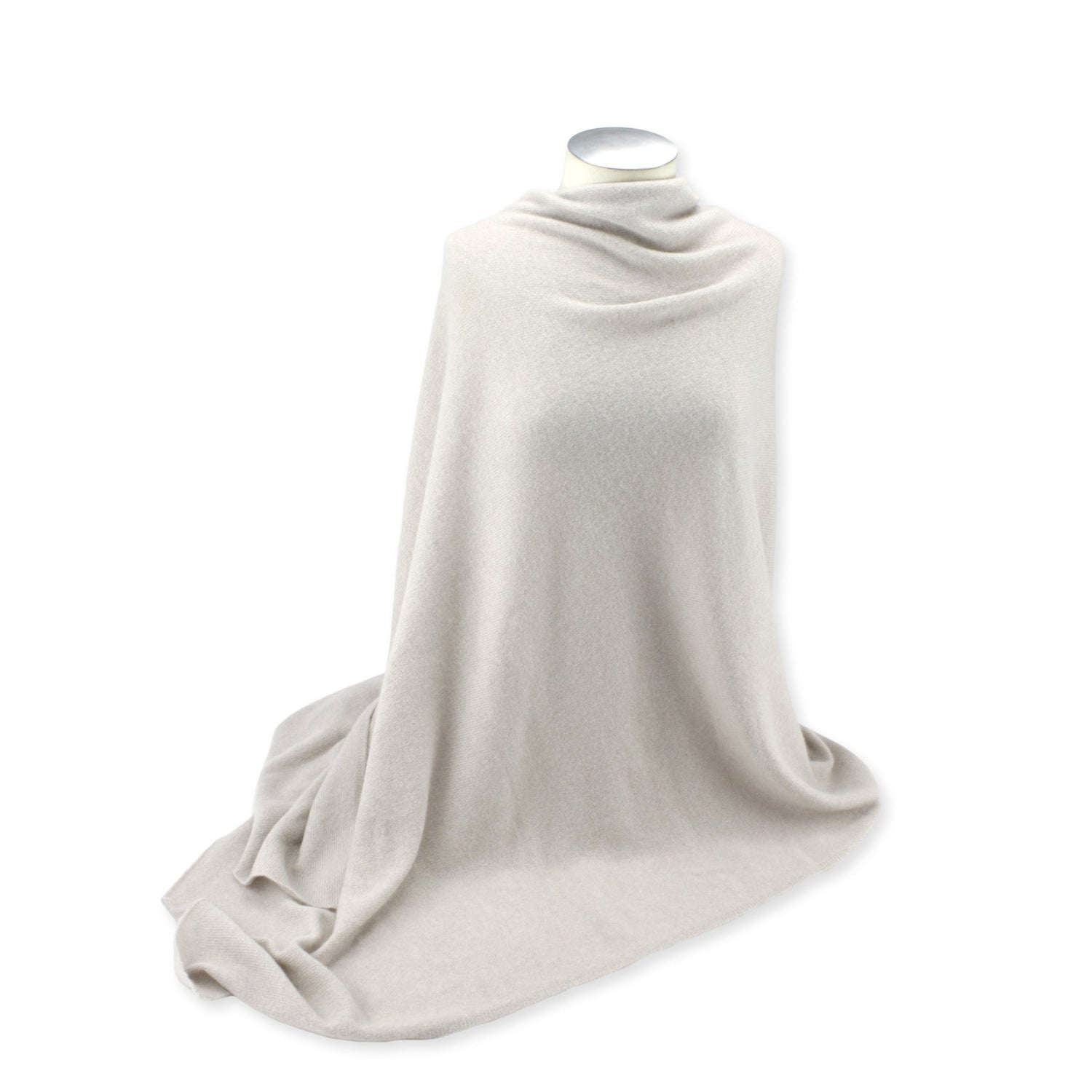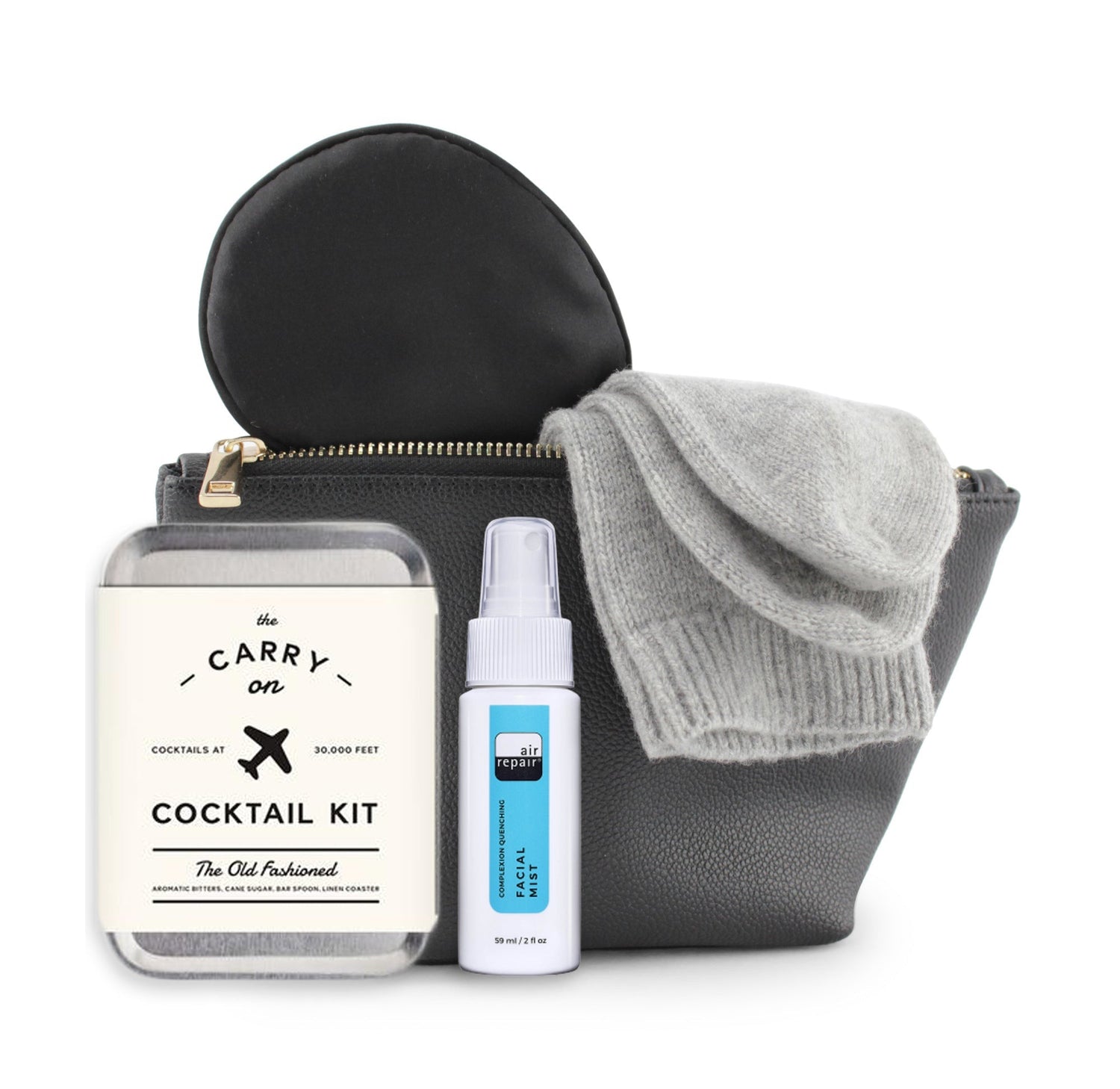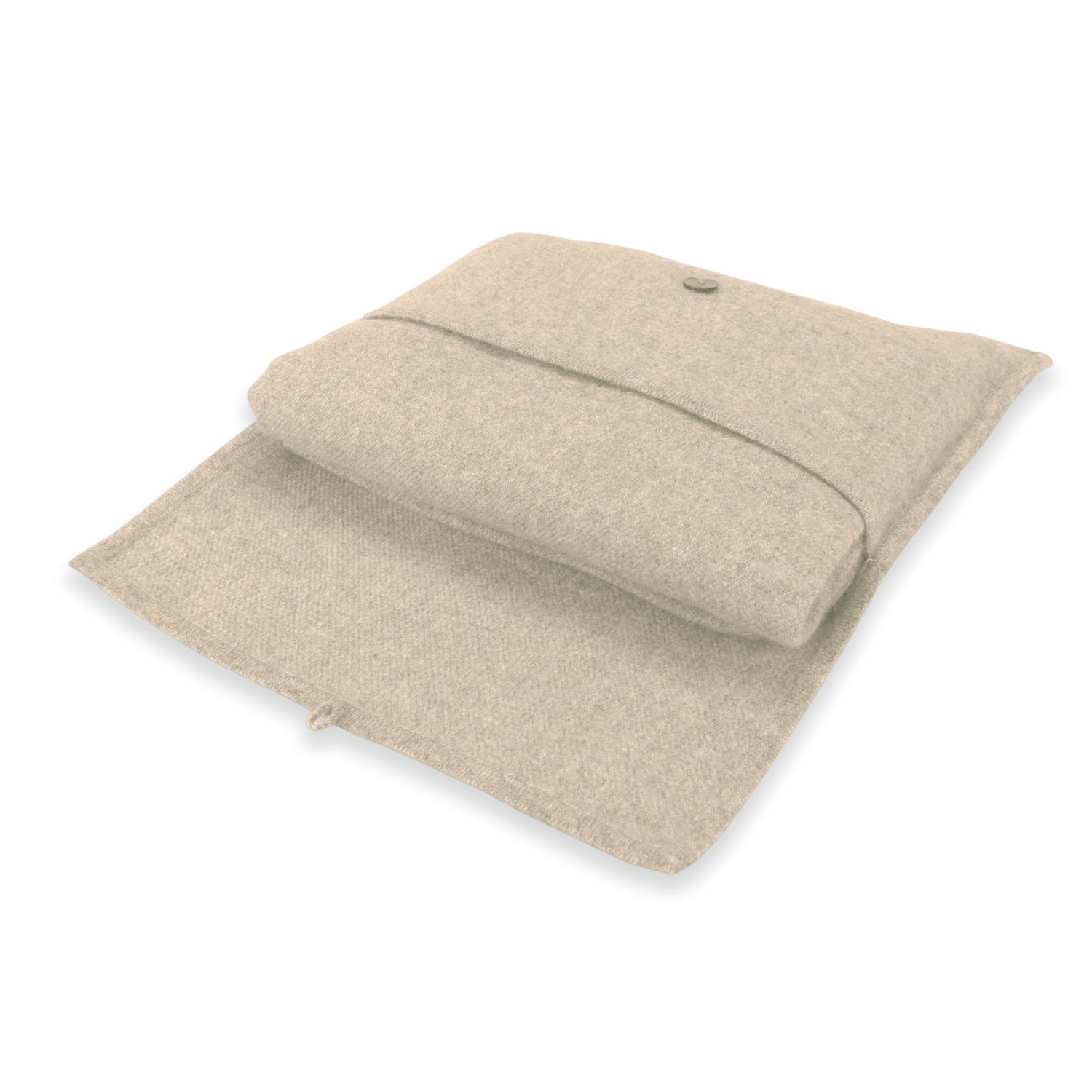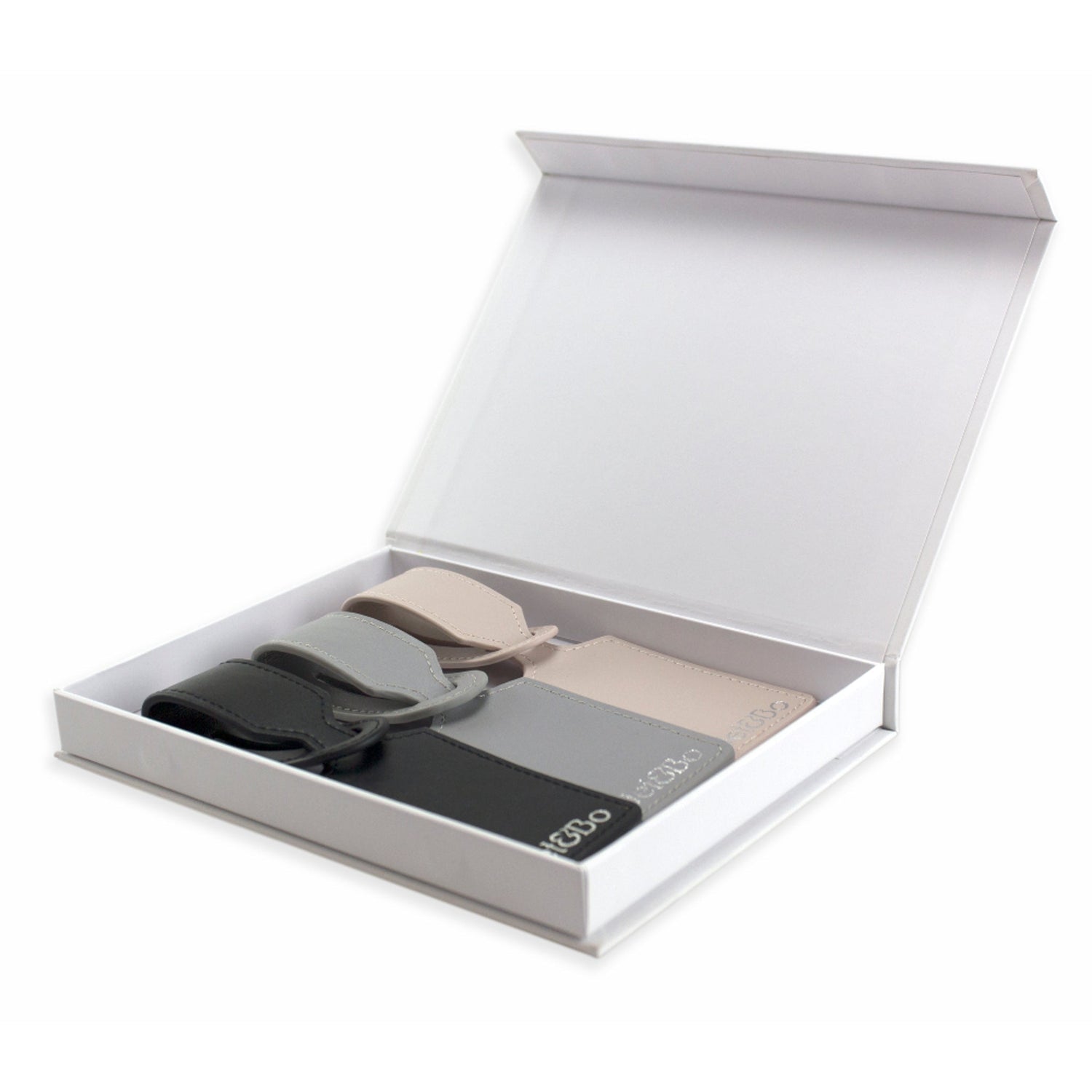
Cashmere, known for its unparalleled softness and luxurious feel, comes with its own language. Whether you're a seasoned fashionista, a budding textile enthusiast, or simply curious about the artistry behind this coveted fiber, understanding the vocabulary associated with cashmere is key to fully appreciating its charm.
Let's dive into a comprehensive list of cashmere-related terms.
Cashmere Source
Cashmere: Cashmere refers to the fine, soft wool obtained from the undercoat of cashmere goats. It is renowned for its exceptional softness, warmth, and luxurious feel.
Cashmere Goat: Cashmere goats are a breed specifically raised for their soft undercoat, harvested to produce cashmere wool. They are primarily found in regions such as Mongolia, China, Iran, and Afghanistan.
Inner Mongolia: Inner Mongolia is an autonomous region of China located in the northern part of the country. It is home to a large population of cashmere goats and is a major center for cashmere production. Inner Mongolian cashmere is renowned for its fine fibers and is valued for its warmth and luxurious feel.
Mongolia: Mongolia is a landlocked country in East Asia, known for its vast steppes and rugged terrain. It is one of the world's major cashmere producers, with a significant population of cashmere goats bred for their fine undercoats. Mongolian cashmere is prized for its exceptional softness and quality, making it highly sought after in the global market.
Cashmere Process
Dehairing: Dehairing is the process of separating the coarse guard hairs from the soft, downy undercoat of cashmere. This is typically done through combing or mechanical methods to obtain the purest form of cashmere fiber.
Spinning: Spinning is the process of twisting fibers together to create yarn. In the case of cashmere, spinning is crucial for producing soft, uniform yarn that can be used for knitting, weaving, or other textile applications.
Finishing: Finishing encompasses various processes applied to cashmere fabrics and garments to enhance their appearance, texture, and performance. This may include washing, steaming, brushing, or other treatments to achieve the desired look and feel.
Boiled: Boiled cashmere refers to a finishing process where knitted or woven cashmere fabric is subjected to heat and agitation in water. This process causes the fibers to shrink and compact, resulting in a denser, more felted texture with enhanced warmth and durability.
Cashmere Quality
Grade: Cashmere is graded based on the quality and length of the fibers. Higher-grade cashmere typically consists of longer, finer fibers with minimal impurities, resulting in superior softness and durability.
Micron: Micron is a unit of measurement used to gauge the fineness of cashmere fibers. The lower the micron count, the finer and softer the cashmere. Ultra-fine cashmere typically falls within the range of 14 to 19 microns.
Fiber Length: Fiber length refers to the average length of individual cashmere fibers within a fleece. Longer fibers are generally preferred for their strength, softness, and ability to produce smoother, more uniform yarns. Fiber length is a key factor in determining the quality and performance of cashmere products.
Ply: Ply refers to the number of strands twisted together to create a yarn. Cashmere yarn can be single-ply, two-ply, or even more. Ply can affect the strength, thickness, and appearance of the final fabric.
Gauge: Gauge refers to the number of stitches and rows per inch in a knitted fabric. It is determined by the size of the knitting needles or crochet hook and the thickness of the yarn used. Achieving the correct gauge is crucial for ensuring that finished garments fit properly and have the desired texture and drape.
Cashmere Design
Knitted Cashmere: Knitted cashmere refers to fabrics or garments created using knitting techniques with cashmere yarn. Products range from lightweight, fine-gauge sweaters to chunky, textured scarves, showcasing the versatility and luxurious feel of cashmere fiber.
Plain Knit: Plain knit, also known as stockinette stitch, is a basic knitting pattern in which each row is knitted in the same direction. This results in a smooth, flat surface on one side (the "right" side) and a bumpy texture on the other side (the "wrong" side).
Rib Knit: Rib knit is a knitting pattern characterized by alternating vertical columns of knit and purl stitches. This creates a stretchy, textured fabric commonly used for cuffs, collars, and hemlines in sweaters and other garments.
Cable Knit: Cable knit is a textured knitting technique that creates interwoven designs resembling braided cables. This intricate pattern adds visual interest and depth to cashmere garments, making them both stylish and cozy.
Chunky Knit: Chunky knit refers to a knitting technique using thick yarn and large needles to create bulky, oversized stitches. Chunky knit garments are known for their cozy, relaxed fit and are popular in colder climates for their extra warmth.
Woven Cashmere: Woven cashmere refers to fabrics produced by interlacing cashmere yarns in a crisscross pattern using weaving techniques. Woven cashmere fabrics can vary in weight, texture, and structure, from delicate shawls and stoles to sturdy outerwear and upholstery.
Cashmere Yarn
Worsted: Worsted cashmere is a type of yarn made by spinning long-staple fibers parallel to each other. This results in a smooth, compact yarn with minimal fuzziness, which is ideal for lightweight and durable fabrics.
Semi-Worsted: Semi-worsted cashmere is a yarn spun from fibers that are slightly shorter and less parallel than those used in worsted spinning. It offers a balance between softness and strength and is suitable for a variety of garments and accessories.
Nm (Number Metric): Nm, or Number Metric, is a unit of measurement used to indicate the linear density of yarn. It represents the number of meters of yarn per gram. Lower Nm values denote thicker yarns, while higher Nm values indicate finer yarns. Nm is commonly used in the textile industry to specify the size and thickness of yarns, including cashmere.
Cashmere Care
Pilling: Pilling is the formation of small, fuzzy balls on the surface of cashmere garments due to friction during wear. While pilling is a natural occurrence with cashmere, higher-quality fibers and proper care can minimize its occurrence.
Care Instructions: Proper care is essential to maintain the beauty and integrity of cashmere garments. Care instructions typically include gentle hand washing with cashmere shampoo, air drying flat, and storing folded to prevent stretching or distortion.
Cashmere Shampoo: Cashmere shampoo is a specialized cleaning product formulated for washing cashmere garments and accessories. It gently cleanses delicate cashmere fibers without damaging them or compromising their softness and luxurious texture.
Cashmere Sustainability
Sustainable Cashmere: Sustainable cashmere refers to practices prioritizing the ethical treatment of cashmere goats, responsible land management, and environmentally friendly production methods. This includes initiatives to combat overgrazing, promote biodiversity, and support local communities in cashmere-producing regions.
Virgin Cashmere: Virgin cashmere refers to pure, unadulterated cashmere wool that has not been blended with other fibers or previously used in any other product. It represents the highest quality and purity of cashmere fiber.
Recycled Cashmere: Recycled cashmere is obtained from post-consumer or post-industrial cashmere garments and textiles. Through a process of shredding, sorting, and re-spinning, recycled cashmere fibers are repurposed to create new yarns and fabrics, offering a sustainable alternative to virgin cashmere.
From understanding the grading of cashmere to exploring various knitting techniques and sustainable practices in the industry, you've gained insight into the craftsmanship involved in creating luxurious cashmere garments and textiles. Armed with this knowledge, you can now confidently navigate the world of cashmere.
